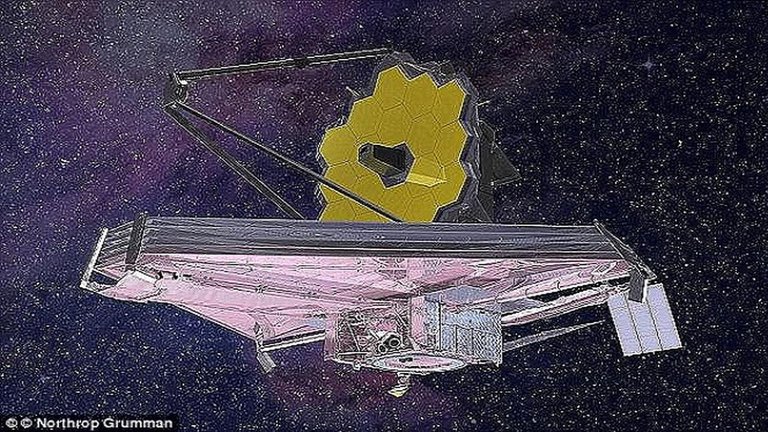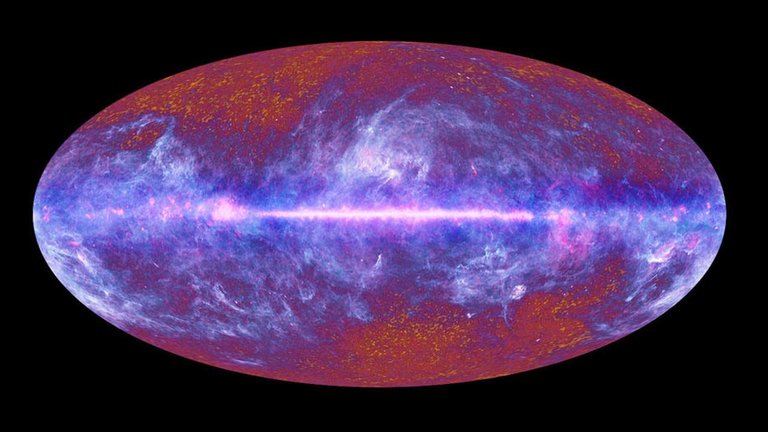
Minneapolis - Using the Hubble Telescope, astronomers discovered the farthest stars 9 billion light years away. The star has the official name of MACS J1149 + 2223. However, astronomers call it Icarus.
According to the astrophysicist at Univeristy of Minnesota, Patrik L Kelly, Icarus's distance is a hundred times more than any other single star ever detected.
Usually, only phenomena such as supernovae or galaxies are detected at great distances.
Quoted from The Washington Post, Wednesday (4/4/2018), the discovery of Icarus began when Kelly and his colleagues studied the image of a supernova named SN Refsdal. But by 2016, they find blinking objects that reside in the galaxy where the supernova took place.
Finding Icarus

Finding Icarus is not that easy. In the middle of the path between the galaxy where Icarus is located and the Earth, there is another object, a galaxy that works like a magnifying glass.
Kelly calls, Icarus passing along the curve of the galaxy cluster and the light from the star was caught by the Hubble telescope - the event was called a gravitational lens.
The effect is just like a natural telescope, which is much more powerful than a man-made telexop.
The study authors identified Icarus as a stable star and not an explosion. It is seen from the temperature of Icarus that does not seem to fluctuate.
"The supernova was initially very hot and then cooled down, we did not see any evidence of temperature changes," Kelly said.
Looking at Icarus, Tracing the History of the Universe

Icarus is a big star that is hotter than the Sun. The possibility of the star is thousands of times brighter.
But Kelly said, Icarus now no longer exists. The giant blue star of his life did not reach nine billion years. He suspects Icarus collapsed into a black hole or turned into a neutron star.
The universe is 13.8 billion years old and by seeing the light of Icarus, it means we have looked back to three quarters of the age of the universe.
Kelly says, by combining the natural magnifying glass with James Webb's telescope, it can produce other findings of older and distant stars, in fact, beyond Icarus.

@resteemator is a new bot casting votes for its followers. Follow @resteemator and vote this comment to increase your chance to be voted in the future!
Very good information